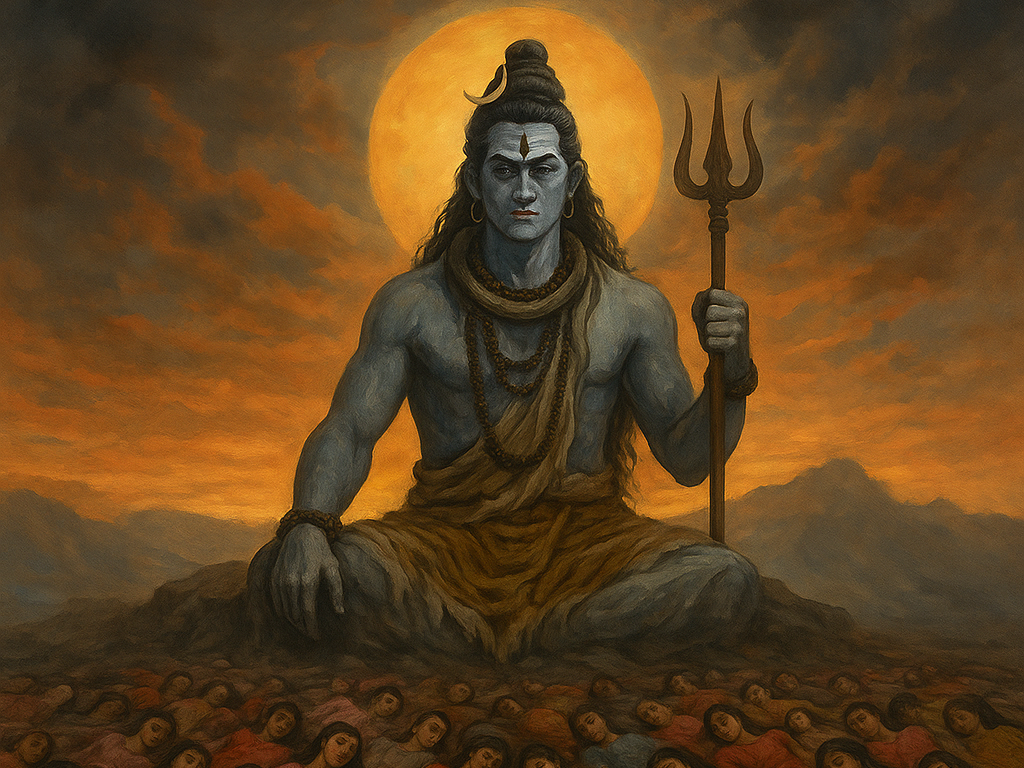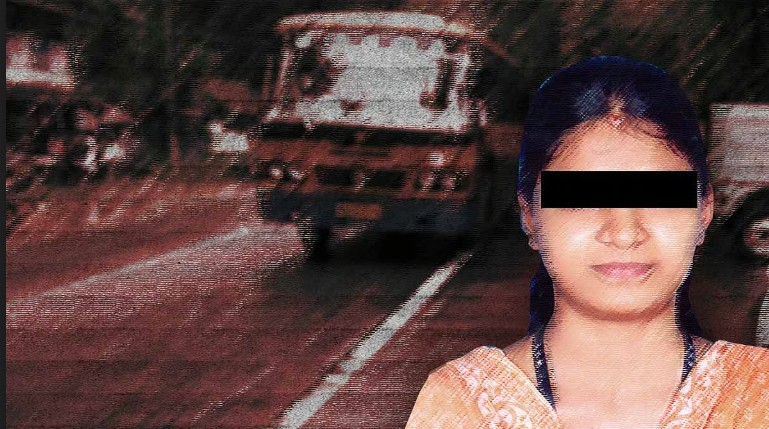
“When you eliminate the impossible, whatever remains—however improbable—must be the truth.” – Arthur Conan Doyle
In the sacred hill town of Dharmasthala, Karnataka — a revered site of faith and spiritual service — a chilling undercurrent is shaking the moral ground it stands on. Over the past few weeks, what began as whispers have grown into viral waves of public outrage: claims of hundreds of women and children being raped, murdered, and buried over two decades, right under the shadow of one of India’s most prominent temples.
This article aims not to sensationalize, but to logically examine the alarming sequence of events, real testimonies, media evidence, and institutional silence that now surround this incident — one that demands national reckoning.
Soujanya and Ananya: Two Verified Cases, Decades Apart

- Soujanya (2012): Initially dismissed as an attack by a mentally unstable man. DNA tests later disproved this, forcing the case to reopen after public outcry.
- Ananya (2022): Her remains were recently identified through DNA, affirming fears of a hidden chain of murders.
These are not rumours or conspiracy theories. These are state-verified deaths that should have triggered massive investigation — but didn’t.
The Confession Seen on TV: Not Hearsay, But Historical
In a widely recorded media event, a man believed to be a sanitation worker walked into a police station near Dharmasthala, fully covered in black cloth — his face and body completely concealed. He was accompanied by a lawyer. His reason: to confess that he had buried hundreds of women and girls over the past two decades.
The man stated he acted under coercion, and was now driven by guilt and fear of divine retribution. He claimed he could pinpoint the burial sites and even submitted human bones and skull fragments to the police.
This is not hearsay. The event was filmed, broadcasted, and covered by mainstream media.
But Here’s a Chilling Truth:
While the man attempted to hide his identity from the public, it is almost certain that the actual perpetrators would already know who he is. After all, if he truly buried hundreds of bodies, he likely worked closely — or under direct instructions — from those involved. His life may already be at risk, which makes the absence of protection even more disturbing.
Why the Deafening Silence from Authorities?
A confession of this scale should have resulted in an emergency forensic operation. Instead, authorities offered conflicting statements — including one that bizarrely said, “He may run away after the bodies are discovered.”
Despite being handed bones and skulls, there has been no DNA testing done so far. No excavation. No arrests. No follow-up from the leadership under whose land these crimes allegedly occurred.
Whistleblower Gagged: FIR for Asking Questions
A YouTuber who linked the crimes to powerful individuals — including a Rajya Sabha MP and the temple's hereditary head — faced a swift FIR. His viral video was removed, his voice silenced.
To be clear, the person mentioned — Veerendra Heggade — is a Padma Vibhushan awardee, well-respected for his philanthropic and religious contributions. But in light of the gravity of the allegations, his silence is difficult to justify.
What Makes This Plausible: When “Missing” Is Made Invisible
Critics question: “Where are the missing person reports?” But in a pilgrimage town with thousands of daily footfalls and transient laborers, many victims may have been:
- From poor or tribal backgrounds, with no one to file reports
- Children trafficked from far-off regions
- Orphaned or undocumented
The absence of paperwork doesn’t mean the absence of crime.
This Is Not Smoke Without Fire — It’s Smoke From Beneath the Soil
Let’s summarize:
- Two DNA-confirmed rape-murder cases (Soujanya, Ananya)
- A public confession from a man claiming he buried hundreds of bodies
- Evidence (bones) submitted, but not tested
- Whistleblowers silenced; leaders remain quiet
This is no longer a suspicion. It’s a crisis demanding intervention.
What Must Be Done — Before It’s Too Late
- Immediate forensic excavation of the claimed sites under court supervision.
- DNA testing of the remains already submitted.
- Protection for whistleblowers and the confessing worker.
- A public statement from temple authorities in support of an independent probe.
- Formation of a Truth Commission with retired judges and civil society members.
“You may choose to look the other way, but you can never again say that you did not know.” – William Wilberforce
Let India not bury its conscience with its daughters.




Comments